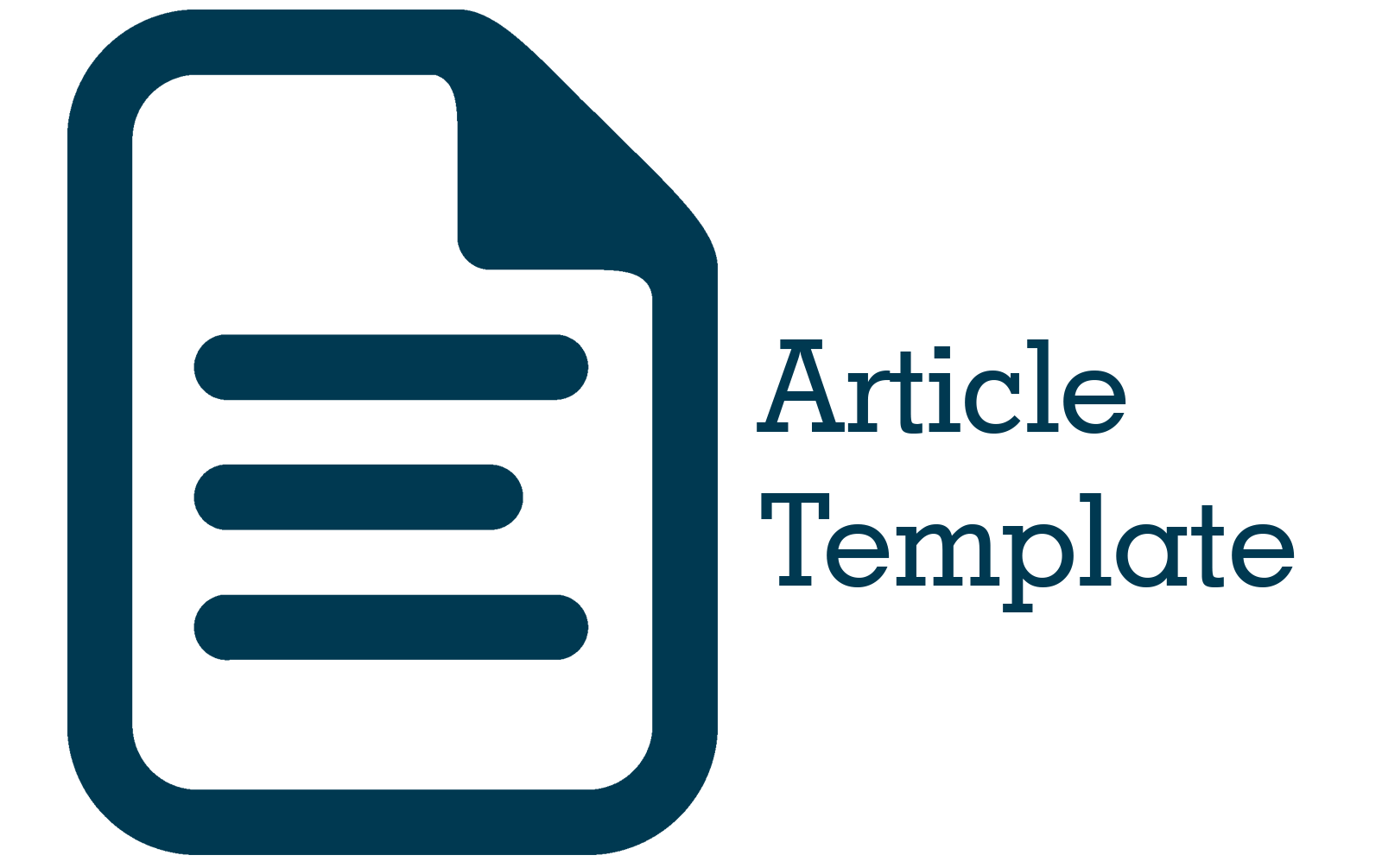Studi Literatur: Konsumsi Lemak dalam Regulasi Tekanan Darah Penderita Hipertensi
Abstract
Abstract. Hypertension is one of the most common non-communicable diseases worldwide and a major risk factor for heart disease, stroke, and kidney failure. In Indonesia, the prevalence of hypertension reached 34.11% in 2018. This literature review aims to explore fat consumption in blood pressure regulation among hypertensive patients. This research was conducted as a literature review by collecting data from various previous literature sources, followed by reading, recording, analyzing, and synthesizing information to draw conclusions related to the discussed topic. Excessive fat consumption can trigger hypertension through obesity-related mechanisms. In obesity, adipose cell dysfunction occurs, leading to reduced blood vessel elasticity and increased blood pressure. Obesity results in increased cardiac output due to increased body mass, triggering sympathetic nervous system activity and the renin-angiotensin-aldosterone system (RAAS). Additionally, elevated leptin levels in obesity promote inflammation by increasing monocytes and inflammatory molecules, leading to blood vessel narrowing and increased hypertension risk. Fat consumption plays a crucial role in blood pressure regulation through various mechanisms including adipose dysfunction, increased cardiac output, RAAS activation, and inflammation-related processes. Therefore, proper fat intake regulation is essential in controlling blood pressure, particularly in hypertensive patients.
Abstrak. Hipertensi merupakan salah satu penyakit tidak menular yang paling sering terjadi di seluruh dunia dan merupakan faktor risiko utama penyakit jantung, stroke, dan gagal ginjal. Di Indonesia, prevalensi hipertensi mencapai 34,11% pada tahun 2018. Studi literatur ini bertujuan untuk mengeksplorasi konsumsi lemak dalam regulasi tekanan darah pada penderita hipertensi. Penelitian ini dilakukan sebagai studi literatur dengan cara mengumpulkan data dari berbagai sumber pustaka sebelumnya, kemudian membaca, mencatat, menganalisis, dan menyintesis informasi untuk memperoleh kesimpulan terkait topik yang dibahas. Konsumsi lemak berlebihan dapat memicu hipertensi melalui mekanisme yang terkait dengan obesitas. Pada kondisi obesitas, terjadi disfungsi sel adiposa yang mengakibatkan penurunan elastisitas pembuluh darah dan peningkatan tekanan darah. Obesitas menyebabkan peningkatan curah jantung akibat bertambahnya massa tubuh, memicu aktivitas sistem saraf simpatis dan sistem renin-angiotensin-aldosteron (RAAS). Selain itu, peningkatan kadar leptin pada obesitas memicu peradangan dengan meningkatkan monosit dan molekul inflamasi, yang menyebabkan penyempitan pembuluh darah dan meningkatkan risiko hipertensi. Konsumsi lemak memiliki peran penting dalam regulasi tekanan darah melalui berbagai mekanisme termasuk disfungsi adiposa, peningkatan curah jantung, aktivasi RAAS, dan proses terkait inflamasi. Oleh karena itu, pengaturan asupan lemak yang tepat menjadi penting dalam upaya pengendalian tekanan darah, terutama pada penderita hipertensi.
References
2. Worldwide trends in hypertension prevalence and progress in treatment and control from 1990 to 2019: a pooled analysis of 1201 population-representative studies with 104 million participants. Lancet. 2021 Sep 11;398(10304):957–80.
3. Liu Q. Impact of different dietary fat sources on blood pressure in Chinese adults. PLOS ONE. 2021 Mar 8;16(3):e0247116.
4. Sherwood L. Human physiology: from cells to systems. Edisi ke-9. Boston, MA: Cengage Learning; 2016.
5. Unger T, Borghi C, Charchar F, Khan NA, Poulter NR, Prabhakaran D, et al. 2020 International Society of Hypertension Global Hypertension Practice Guidelines. Hypertension. 2020 Jun;75(6):1334–57.
6. Fadia ZN, Respati T, Purbaningsih W. Gambaran karakteristik pasien hipertensi di Puskesmas Kalipucang. Bandung Conference Series: Med Sci. 2023 Feb 2;3(1):776–80.
7. Harrison DG, Coffman TM, Wilcox CS. Pathophysiology of hypertension. Circulation Res. 2021 Apr 2;128(7):847–63.
8. Guirguis-Blake JM, Evans CV, Webber EM, Coppola EL, Perdue LA, Weyrich MS. Screening for hypertension in adults: an updated systematic evidence review for the U.S. preventive services task force. Agency for Healthcare Research and Quality (US); 2021.
9. Ma J, Chen X. Advances in pathogenesis and treatment of essential hypertension. Front Cardiovasc Med. 2022 Oct 14;9:1003852.
10. Field CJ, Robinson L. Dietary fats. adv nutr. 2019 Jul 1;10(4):722–4.
11. Shakiba E, Najafi F, Pasdar Y, Moradinazar M, Navabi J, Shakiba MH, et al. A prospective cohort study on the association between dietary fatty acids intake and risk of hypertension incident. Sci Rep. 2023 Nov 30;13(1):21112.
12. Henning RJ. Obesity and obesity-induced inflammatory disease contribute to atherosclerosis: a review of the pathophysiology and treatment of obesity. Am J Cardiovasc Dis. 2021 Aug 15;11(4):504–29.
13. Izzah KN, Hendryanny E, Wardani HP. Scoping review: pengaruh obesitas terhadap hipertensi pada wanita post menopause. Med Sci. 2022;2(1):550–8.
14. Jebari-Benslaiman S, Galicia-García U, Larrea-Sebal A, Olaetxea JR, Alloza I, Vandenbroeck K, et al. Pathophysiology of atherosclerosis. Int J Mol Sci. 2022 Mar 20;23(6):3346.











